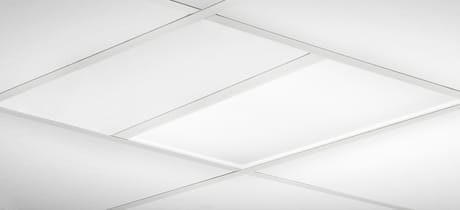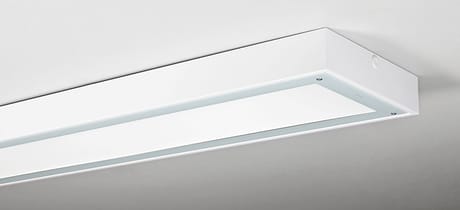FAGERHULT NETHERLANDS
HAGA TEACHING HOSPITAL
In line with human centric lighting
- Year: 2016
- Location: Den Haag
- Architect: MVSA Architects, Architecten aan de Maas
When Haga Teaching Hospital decided to renovate, the focus was set on how lighting effects patients and staff. In line with human centric lighting, natural light, daylight mimicking and ambient light were important parts of the solutions. The lighting also meets the requirements of BREEAM.
The Haga Teaching Hospital in The Hague has gone through a huge transformation and has been reborn. With a design embracing the patients and human centric lighting, the hospital is now a state of the art sustainable hospital. Lighting was a very important aspect of this project, by the means of human centric lighting: the better the light, the better the patient can recover. Together with Project Manager Michel Molenaar, Fagerhult adjusted the lighting offer to design the hospital according to BREEAM requirements, which is considered as the world’s leading sustainability assessment method for buildings. It was the perfect way to extend the patient-centered theme and adding extra value to the project. Whatever the context, it was important to put the patient's well-being and healing first, without neglecting the needs of the caregivers.
"In lighting perspective, this means high demands on the solutions when it comes to energy efficiency as well as the use of ‘clean’ materials – such as halogen free cables. Calculations have been done meticulously in order to optimize functionality without exaggerating lux levels and energy consumption”, says Ruud Hoetmer, Account Manager, Fagerhult.
Daylight mimicking
Fagerhult has introduced tunable white and daylight mimicking in four of the intensive care boxes with luminaire Multilume Flat. By controlling the colour temperature and lighting levels during the day, Fagerhult’s tunable white system supports the healing, as it helps the patients to restore their circadian rhythm (their "body clock") after traumas and surgery. Every day at 7 AM a day cycle starts, increasing from 0 lux to 750 lux by midday. After peaking, levels decrease to be back at zero by 10.30 PM.
Green light for robots
The patient rooms are lit by flexible wardroom luminaire Eira*, combining general lighting with examination light and a pleasant reading light. The glare free solution with lots of ambient light (indirect lighting from ceiling and walls) has a comfortable resemblance with daylight. It has also proofed to be the perfect lighting solution over the incubators in the hospital’s neonatal department.
Operation rooms and recovery are equipped with luminaires designed for extremely demanding health care environments – Multilume Hydro. In some of the surgery rooms, the Multilume Hydro’s have extra equipment in form of green LEDs. ”This is a special requirement from the hospital’s specialists. When operating with robots, the surgeon is primarily focusing on a computer screen and green light facilitates the visual sight”, says Ruud Hoetmer.
Ambient lighting
The Haga Teaching Hospital is a meeting place for people of different ages and needs; friends and relatives accompanying or visiting patients. Therefore the general lighting of the hospital has been carefully planned to meet the needs of different eyes, ages and sights. Last but not least, the outside areas, as well as the underground parking, are built for easy orientation and optimum energy efficiency.
”The nursing staff is very enthusiastic about the atmosphere and the influence on patients and working conditions”, Michel Molenaar concludes.
*Obsolete product, replaced by Pozzo Power.


